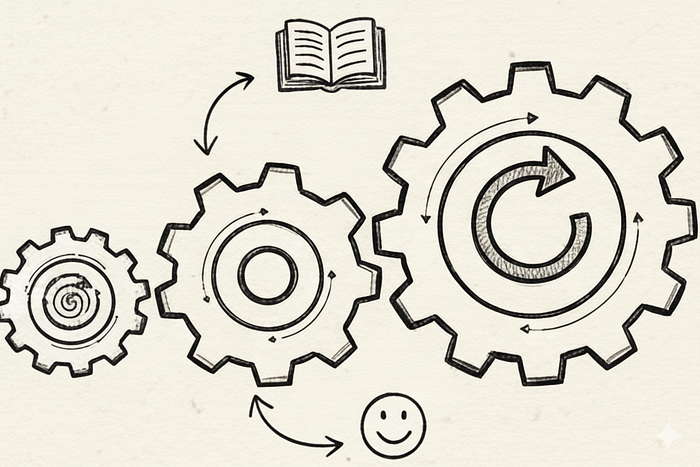Introduction to Large Language Models
If you’ve used ChatGPT, Claude, or any other modern AI assistant, you’ve used a model that has undergone a complex training process. These models not only learn from large amounts of text (such as web crawls and books), but they also undergo additional steps to ensure they are useful, safe, and aligned with human needs.
The Training Process of Large Language Models
The article provides an overview of the advancements in training large language models, focusing on key techniques such as Supervised Fine-Tuning (SFT) and Reinforcement Learning from Human Feedback (RLHF). It delves into the limitations of simple pre-training approaches, highlighting the necessity of alignment techniques to make models more effective and safe for users.
Supervised Fine-Tuning (SFT) and Reinforcement Learning from Human Feedback (RLHF)
These techniques are used to fine-tune large language models and make them more useful and safe. SFT involves training the model on a specific task with labeled data, while RLHF involves training the model with human feedback to improve its performance.
Modern Methodologies in AI Training
The discussion progresses through modern methodologies such as Direct Preference Optimization (DPO), exploring the challenges and future directions in AI training, including the potential of AI-assisted feedback and the growing emphasis on simplicity and efficiency in model development.
Challenges and Future Directions
The article highlights the challenges of training large language models, including the need for more efficient and effective training methods. It also discusses the potential of AI-assisted feedback and the growing emphasis on simplicity and efficiency in model development.
Conclusion
In conclusion, the training of large language models is a complex process that involves multiple steps and techniques. From pre-training to fine-tuning, these models require careful alignment with human needs to ensure they are useful and safe. As the field of AI continues to evolve, we can expect to see new methodologies and techniques emerge that will improve the efficiency and effectiveness of large language models.
FAQs
- What is Supervised Fine-Tuning (SFT)?: SFT is a technique used to fine-tune large language models on a specific task with labeled data.
- What is Reinforcement Learning from Human Feedback (RLHF)?: RLHF is a technique used to train large language models with human feedback to improve their performance.
- What is Direct Preference Optimization (DPO)?: DPO is a modern methodology used in AI training that involves training models to optimize human preferences.
- Why is alignment important in large language models?: Alignment is important to ensure that large language models are useful, safe, and effective in real-world applications.
- What are the challenges of training large language models?: The challenges of training large language models include the need for more efficient and effective training methods, as well as the need for careful alignment with human needs.











